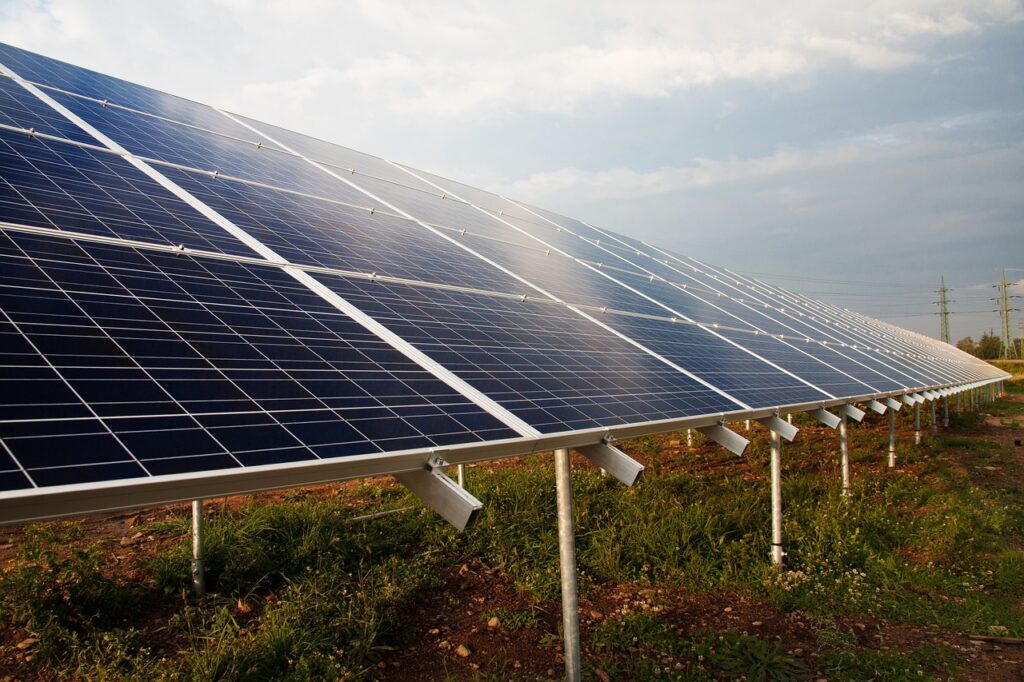There are a few main benefits of using a grid-tied configuration when going solar, including:
Affordability
Grid-tied solar installations have a lower cost than off-grid systems.
Based on our March 2023 survey of 1,000 homeowners with solar, an average solar system costs between $15,000 to $20,000. Incentives like the 30% federal solar tax credit can lower your costs even further.
Off-grid solar systems are more expensive because you have to add an energy storage system large enough to power your home during extended periods. Batteries like the Tesla Powerwall cost around $9,000 without installation, and you may need more than one unit. Assuming you needed three batteries, your off-grid solar system cost would increase to around $47,000 or more.
You can also use battery storage systems with grid-tied solar arrays, but you can use a smaller battery for optimal return on investment. But with grid-tied systems, you can rely on backup power from the utility grid during consecutive days of cloudy weather, which is more cost effective than installing a large battery you may not use at full capacity.
Solar Incentives
You can claim the federal solar tax credit for all types of solar systems: grid-tied, off-grid and hybrid. However, you may find certain state and local incentive programs are exclusively for grid-tied solar systems. Off-grid systems are not only more expensive but eligible for fewer incentives.
Participation in Net Metering
Most states offer net metering or net billing programs, allowing homeowners to sell the excess energy their solar panels generate to local power companies in exchange for billing credits. Net metering allows you to lower your energy bills by using billing credits to offset your grid consumption. You can send excess power to the grid during the day in exchange for power bill credits, which you can subtract from your bills to cover grid energy use at night.
Electricity Bill Savings
All solar energy systems reduce your utility bills and carbon emissions regardless of the configuration. Under favorable sunlight conditions, a 5 kilowatt (kW) solar system can generate over 7,500 kilowatt-hours (kWh) of electricity per year. If your power company charges 20 cents per kilowatt-hour, you can potentially save over $1,500 each year.
By generating clean electricity, you also lower your home’s carbon footprint. According to the Energy Information Administration, coal releases 2.26 pounds of CO2 emissions per kilowatt-hour, while natural gas releases 0.97 pounds per kilowatt-hour. If the local grid relies heavily on fossil fuels and you switch to solar power, you are offsetting emissions using renewable energy.
This post was originally published on 3rd party site mentioned in the title of this site





